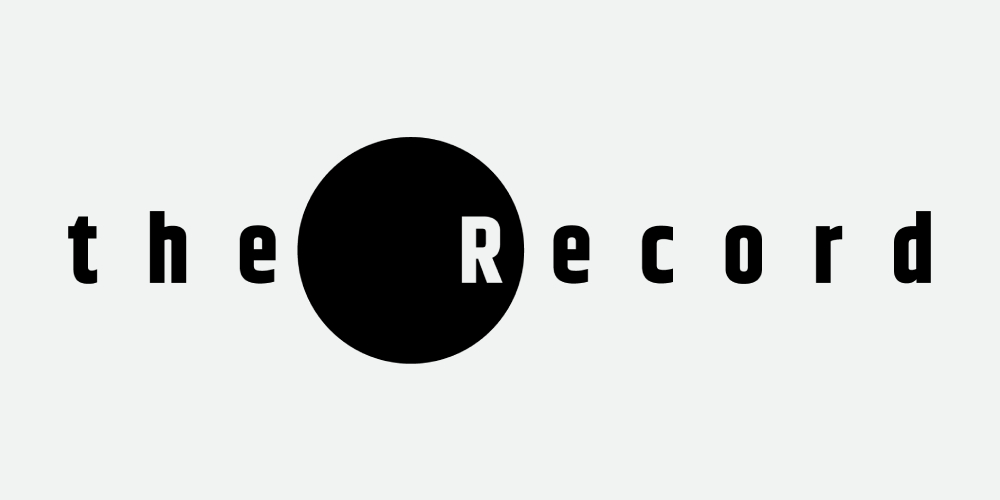
COVID19
News
3 MIN READ

With the government repealing its earlier three-tier designation for Covid hospitals, Covid-19 patients need no longer get shuttled between hospitals if they get sicker

A ministerial-level meeting on Sunday removed the categories for Covid-designated hospitals that the government had earlier created. From now on, all hospitals designated for Covid treatment will have to treat patients at all stages of the disease.
Earlier, the government had categorised hospitals selected for Covid treatment into three categories--Level 1, Level 2, and Level 3--based on their equipment and treatment capacity. A Level1 hospital was to treat Covid patients presenting with the least severe symptoms. If the patient developed complications, the hospital was to refer them to a Level2 hospital, which would treat patients suffering from medium severity and complications. And a Level2 hospital was to refer a serious patient to a Level3 hospital, which would look into complicated cases who needed more specialised treatment. The third-tier hospitals were BP Koirala Health and Science Institution, Dharan; TU Teaching Hospital, Kathmandu; and Nepalgunj Medical College, Kohalpur.
With the erasing of the earlier categories, all 124 public and private hospitals designated for Covid-19 treatment are now supposed to treat Covid patients through the progression of their disease. To ensure that non-Covid patients can also avail of other treatments at their institution, hospital management will have to set up separate blocks for Covid patients. The government has also instructed all the designated hospitals to manage separate wards for Covid patients and general patients.
But Nepal’s medical fraternity still has not resolved the other bone of contention around hospital categorisation--about whether only certain hospitals should treat Covid patients. That conundrum, however, has almost become obviated by the constraints and challenges affecting the health sector’s ability to provide services: the country does not have enough hospitals and health workers, many of whom are already infected with the virus. As of Monday, a total of 454 health workers—142 doctors and 94 nurses—have been infected with the virus, in a country that is seeing an average of 700 new cases a day.
Because the Covid-designated government hospitals by themselves would not be able handle the increased patient numbers, the government came up with the proposal to ask all Covid hospitals to create a separate block for Covid patients. And private hospital owners, who were earlier against the idea of allotting 20 percent of their beds to Covid patients, have now softened their stance.
“The Ministry has taken some positive steps to give equal access to Covid patients,” said Hemraj Dahal, general secretary of the Association of Private Health Institutions of Nepal, saying discussions are still ongoing. “We should all work together to defeat the pandemic.”
Such understanding between the private and public health sectors is sorely needed now. Medical experts think Nepal will have no option but to depend on both private and public hospitals if cases continue to rise. Both the number of coronavirus-related deaths and cases have been spiking in recent days. As of now, the ministry has recorded a total of 32,678 corona cases. Of them, 743 new cases were detected on Monday. Among the new cases, 224 were from Kathmandu Valley.
With the increase in caseloads, hospital beds are filling up fast, and the medical community must also think up management measures that are informed by the health sector’s constraints and capacity. “It would be ideal to have separate hospitals for general patients and for Covid patients, but that is not possible in places where hospitals are few and far between,” said epidemiologist Dr Lhamo Sherpa. “The most important protocol to adhere to in such cases is that the doctors and nurses assigned to Covid patients should not look after other patients.”
Treating both general and Covid patients in the same hospital involves a lot of variables to account for. Everything--from the hospital lift and toilets to taps--must be constantly disinfected. And the government will need to provide more hospitals with ventilators.
“We should also find a way to intervene earlier. Many patients have died before they even reached the hospital. And although this idea would not be feasible across the country, in cities like Kathmandu, Birgunj, Nepalgunj, and Biratnagar, designating separate hospitals should be the way to go,” said Dr Sherpa.
:::::::

The Record We are an independent digital publication based in Kathmandu, Nepal. Our stories examine politics, the economy, society, and culture. We look into events both current and past, offering depth, analysis, and perspective. Explore our features, explainers, long reads, multimedia stories, and podcasts. There’s something here for everyone.


COVID19
4 min read
Despite the government’s relief package, the poor and out-of-job in Kathmandu are not consoled
Perspectives
9 min read
The current protests will need to truly speak on behalf of Nepal’s poor, not just the middle class
COVID19
News
5 min read
The Valley’s CDOs got the government’s green light to clamp strict measures on account of rising case numbers
Features
6 min read
A new report on sexual violence in South Asia evaluates rape laws across the region and finds their implementation sorely lacking.
COVID19
Features
5 min read
All safety precautions have been relaxed in Nepal but instead of rising, Covid-19 cases are falling, perplexing the medical community.
COVID19
News
4 min read
A daily summary of Covid19 related developments that matter
Features
4 min read
The coronavirus is fast becoming a financial crisis that is set to have a disastrous impact on the wellbeing of the already marginalised